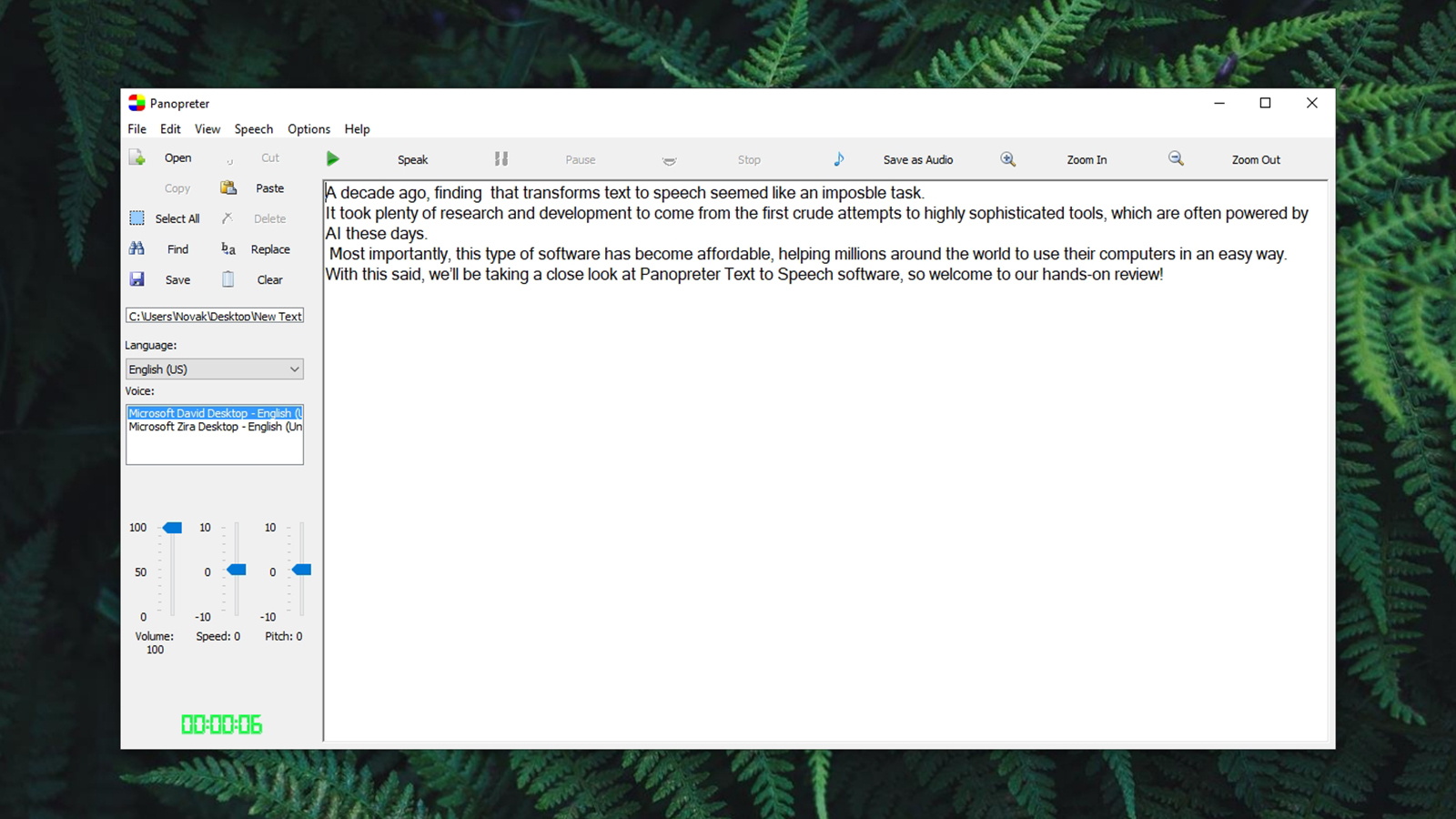
Today TTS technology can analyze the meaning of each word in a text before reading it, significantly changing the overall tone depending on what is being read. The level of advancement reached by text-to-speech technology is enough that computer-generated voices can be engaging in ways that only a few years ago seemed unthinkable. While some still maintain that audiobooks -or in general texts read by voice actors- are preferable to computer-generated voices, there is strong evidence supporting the claim that TTS can be an incredibly valuable tool for students of all ages. TTS helps improving word recognition and it makes students more likely to identify and fix their mistakes. This not only makes students more likely to retain information, but it also increases their confidence and motivation.īy making students more independent in their learning process, TTS also makes it easier for teachers and parents to supervise their progress. Studies have shown how text-to-speech technology allows students to focus on the content rather than on the act of reading, resulting in a better understanding of the material. What makes Text-to-speech technology so effective?

It is becoming more and more common for parents of children who could benefit from TTS to contact the school about allowing their use in class. TTS can be used on any device and can work on text files as well as web pages. There is also evidence that TTS can be a useful learning tool for children who suffer from autism as well as emotional disabilities. These tools are not only useful to students with learning disabilities, but they can also help students who commute and have limited time to read the assigned material as well as younger students who still struggle with reading or pronouncing new words. Some Text-to-speech software like Read&Write and Penfriend even help students to write using word prediction features and phonetic spell checking. The students who can benefit the most from TTS are those struggling with dyslexia or other diagnosed learning disabilities such as ADHD, as TTS allows them to see how words are spelled as they are read out loud. The use of TTS in EduTech has been frowned upon in the past but it is slowly finding its place in education, especially to help students who struggle with learning disabilities.

Text-to-speech technology is an assistive technology that converts text into audio, often highlighting sections of the text as they are being read.


 0 kommentar(er)
0 kommentar(er)
